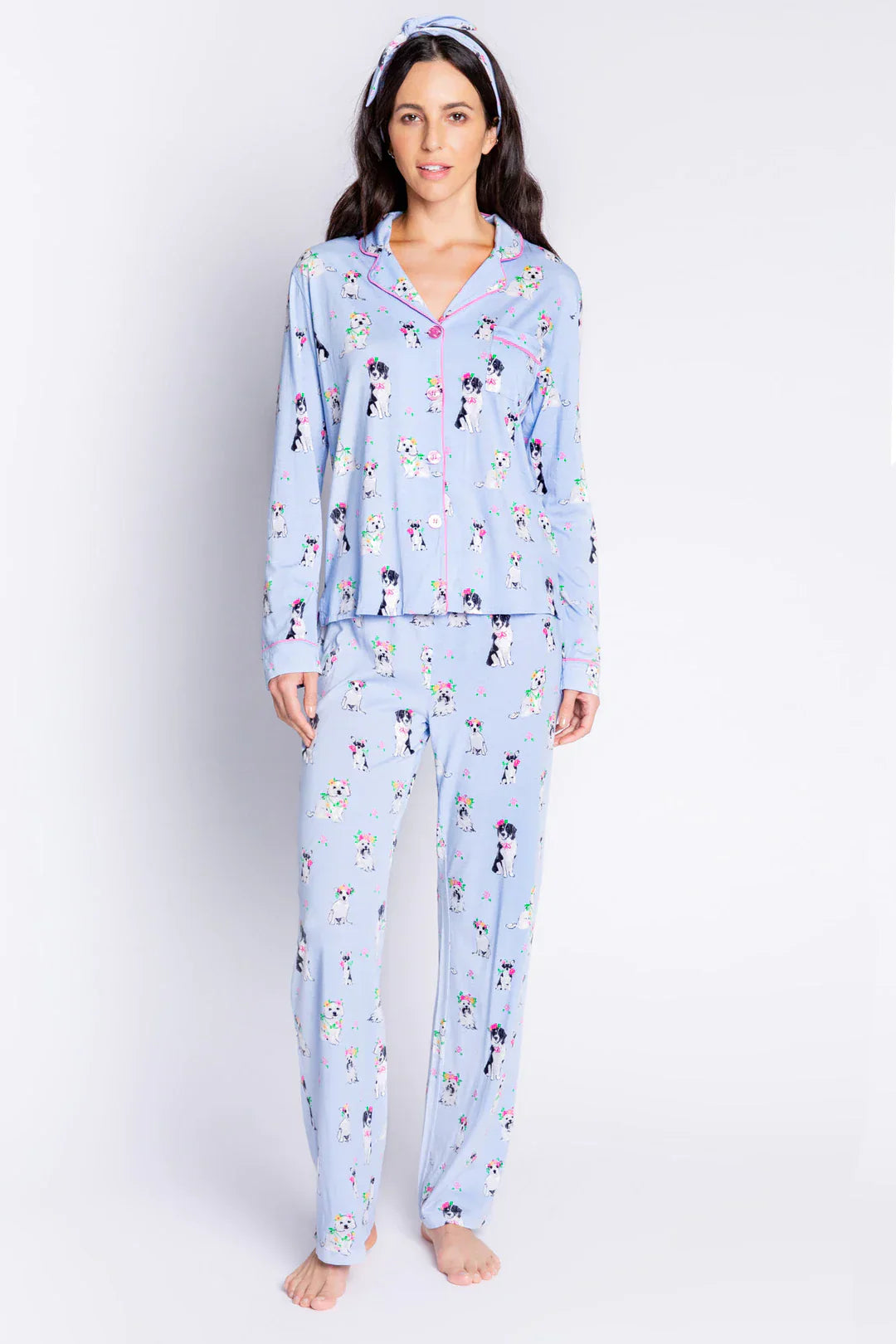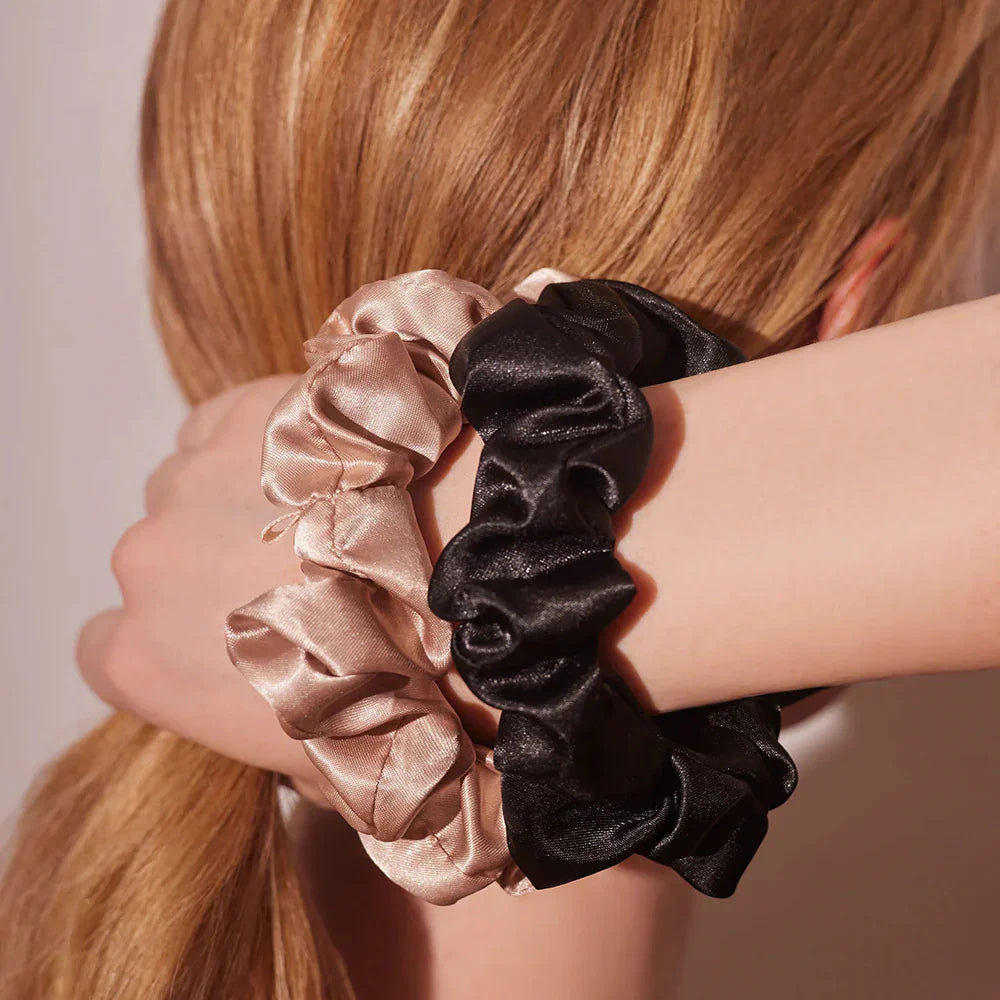Sources of Silk Fibre: Where Does Silk Comes From?

The Luxurious Journey of Silk: Exploring the Sources of Silk Fibre
For centuries, silk has been celebrated as one of the world’s most luxurious and elegant fabrics. Known for its soft sheen, smooth texture, and natural strength, silk fiber has a fascinating origin story rooted in nature. Understanding the sources of silk fiber reveals how this extraordinary material transforms from a delicate cocoon into stunning garments, accessories, and home textiles.
What Is Silk?
Silk is a natural protein fiber produced by certain insects, primarily silkworms, as they spin their protective cocoons. The threads are made from a protein called fibroin, which gives silk its lustrous shine and incredible durability.
When woven into fabric, silk is prized for its soft drape, glossy finish, and breathable comfort, making it a favorite for clothing, lingerie, and bedding.
The Main Sources of Silk Fiber
There are several sources of silk in nature, each producing fibers with unique qualities. Let’s explore the most common types:
1. Mulberry Silk
The most widely known and luxurious variety, mulberry silk comes from the Bombyx mori silkworm, which feeds exclusively on mulberry leaves. This type of silk is smooth, pure white, and highly lustrous, the top choice for premium fabrics like satin, charmeuse, and chiffon.
2. Tasar (Tussar) Silk
Tasar silk is produced by wild silkworms that feed on forest leaves rather than cultivated mulberry. The result is a stronger, coarser, and naturally golden-hued silk often used in traditional Indian garments and home textiles.
3. Eri Silk
Also known as “peace silk,” Eri silk is spun from open-ended cocoons, allowing the moth to emerge naturally. The fibers are shorter and woollier, making Eri silk ideal for warm, soft fabrics like shawls and wraps.
4. Muga Silk
Produced exclusively in Assam, India, Muga silk has a natural golden-yellow color and exceptional durability. It’s one of the rarest and most expensive silks, traditionally used for luxury attire and ceremonial wear.
5. Spider Silk
Though not commonly used in textiles, spider silk is one of nature’s strongest fibers. It’s incredibly fine, elastic, and tough, inspiring innovations in bioengineering and sustainable materials.
Silk Fiber Description
Each source of silk fiber produces a filament that is soft, lustrous, and remarkably strong for its size. The silk fiber description highlights:
-
A smooth, glossy surface that reflects light beautifully.
-
A fine, flexible texture ideal for weaving and draping.
-
High tensile strength with natural elasticity.
-
Hypoallergenic and breathable qualities.
What Can Silk Be Made Into?
Thanks to its versatility, silk can be made into an endless variety of luxurious products:
-
Clothing: dresses, scarves, blouses, and lingerie.
-
Home décor: bedding, curtains, and upholstery.
-
Accessories: ties, hair scrunchies, and pillowcases.
-
Art & crafts: embroidery, painting canvases, and high-end design pieces.
Silk’s ability to regulate temperature and its unmatched softness make it one of the most desirable fabric materials in fashion and interior design.
The Timeless Allure of Silk
From the cocoon of a tiny silkworm to the smoothness of a silk gown, the sources of silk fiber tell a story of natural artistry and delicate craftsmanship. Whether mulberry or wild, silk’s origin remains one of the most fascinating journeys in the world of textiles, proof that nature creates beauty beyond compare.


